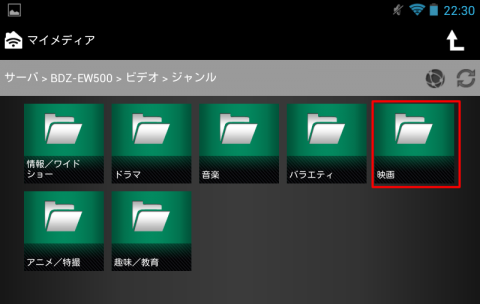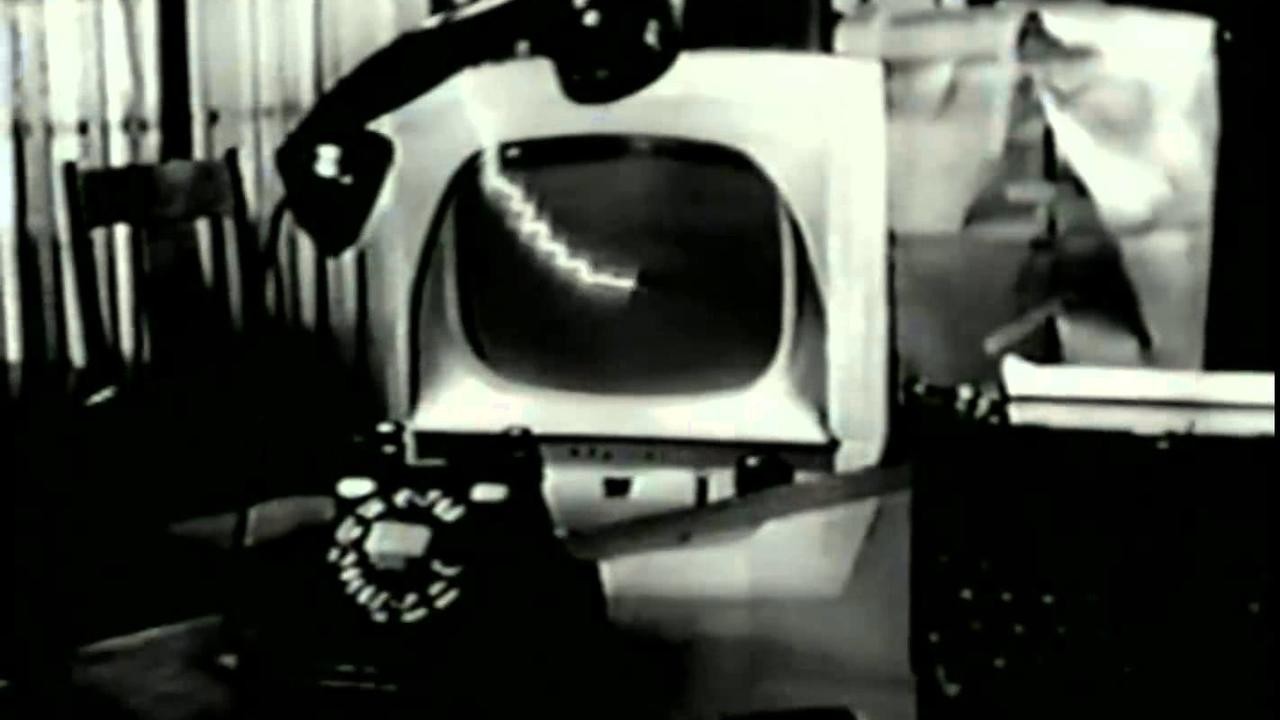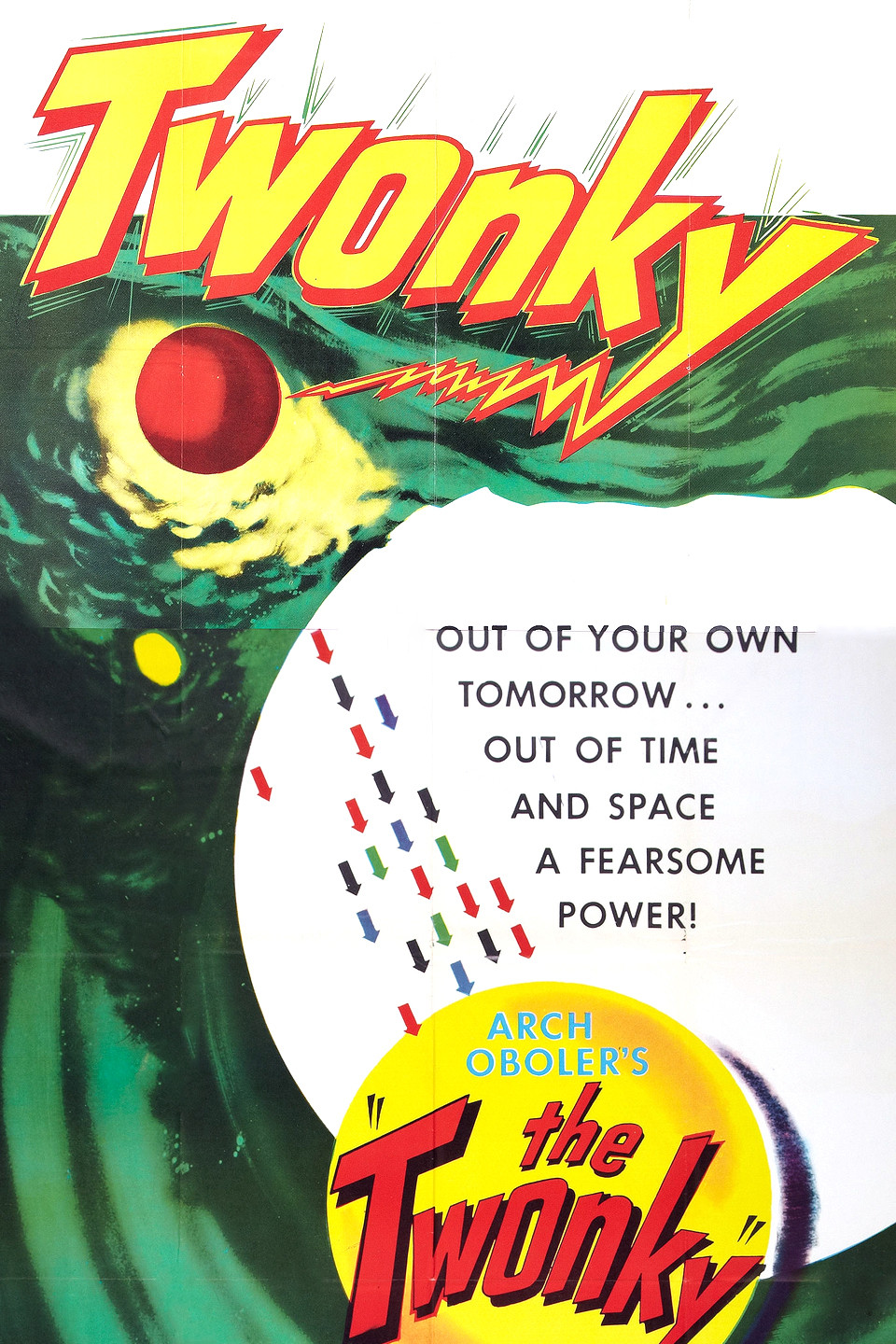

#Twonky sony tv
However I noted that if I re-ripped the original DVD with a screen res of 1280 x 720 (HD) the display quality displayed by the TV was much better. The bit rates will altermately determine how big the files will be.įor the kids movies I've left those in the original video size of 720 x 480 and used a 128k audio bit rate. If you also choose AAC codec for sound and a bit rate of 128k the file size in my cases reduce for example from 230 Meg to 85 Meg! I converted many directly from the MPEG-PS format to the MPEG-TS format with the H.264/AVC code. However it has always annoyed me that they are rather large. mpg so that WMP would also recognise them. I ripped all my DVDs to MPEG2 vob files, renamed them to. I was in exactly the same boat which is why I have made the effort to publish my finding. However I did experiment with this and found that MP2 (MPEG audio layer 2) and AAC formats worked within the MPEG-TS file format. I would suggest only using this format if you need subtitle information as this format does not require additional files, unlike the other formats.įor audio I suggest using the AC3 codec format.
#Twonky sony software
I have not experimented with this format because I don’t have any software that could generate it. M2TS) containing AVC video codec and the AC3 audio codec. I haven’t tested all of these cases, however I suggest to keep things simple use 720x480 for SD and 1280x720 for HD.īDAV format (.MTS or. For the high profile and HD case Bitrate must be <= 30M, width <= 1920 and the height <= 1152.

For HD Bitrate must be <= 20M, width <= 1920 and the height <= 1152. For the main profile and SD, Bitrate must be <= 10M, width <= 720 and the height <= 576.

There are different profiles for the AVC codec and depending on the profile there are restrictions to the bits rates, which is where things get complicated. MPEG-TS format containing the H.264/AVC video codec and the AC3 audio codec. If you choose to use the MPEG2 codec then this file format is larger than the MPEG-PS format. Video resolution cannot be greater than 720x480 for NTSC or 720x576 for PAL. MPEG-TS format containing MPEG version 2 video codec and AC3 audio codec. I may be wrong about the resolution restrictions, however given that the MPEG2 format is approximately 2 to 3 times the size of AVC format I wouldn’t choose this codec unless you don’t have any choice. MPEG-PS format containing MPEG version 2 video codec and AC3 audio codec.

In summary the following formats can be streamed by the Twonky DLNA server with no transcoding requirements: I am not sure how I missed the following format, but it does work with Twonky Server, and is the MPEG-TS format. Therefore when I talk about acceptable Sony DLNA client file formats, I am talking about file formats that the DLNA server does not have to do any transcoding to because the data found in the files can be streamed, with minimal processing, to the DLNA client. (Streamed container would be a better description) When talking about file formats that a DLNA client accepts, this is technically incorrect because the DLNA client does not read any file, instead it reads data steamed from the DLNA server. Of course this takes up additional resources (processing power, memory and disk space) and is why many do not support transcoding. It is possible for some DLNA servers to transcode (decode and recode on the fly) video and audio data from incompatible formats into compatible formats that the client accepts. Not all DLNA servers are equal and it is up to the DLNA server to deliver data to the client in the format the client accepts. However I would like to clarify, if possible, some things about DLNA servers. Further to my previous post I have discovered another file format accepted by the Sony DLNA client.


 0 kommentar(er)
0 kommentar(er)
